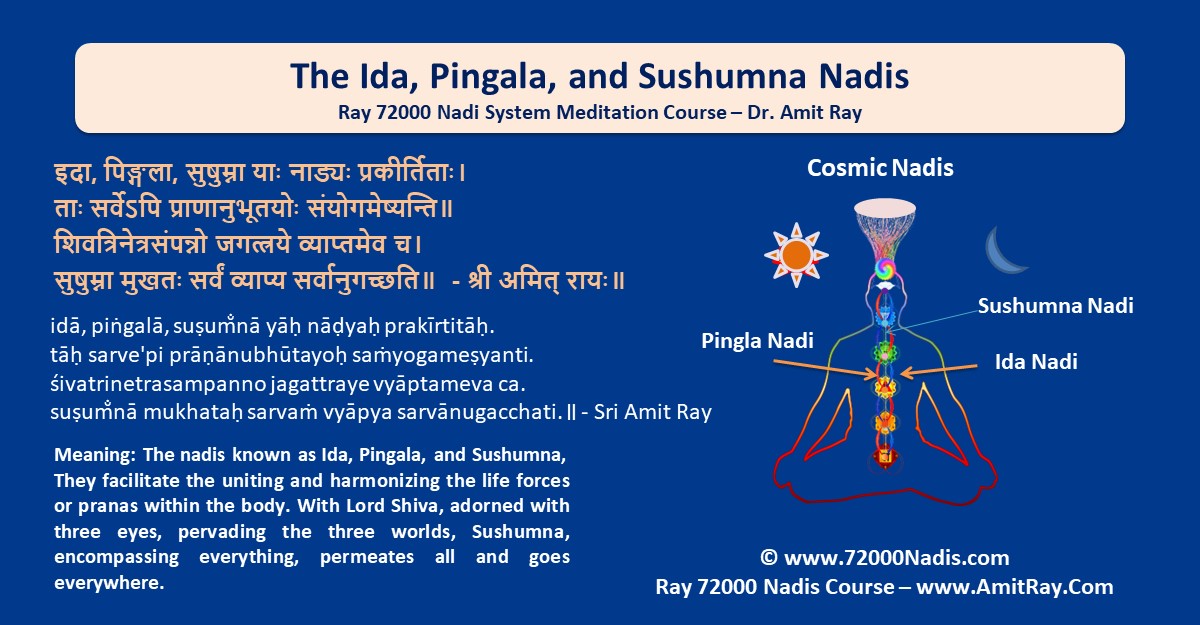The serratus anterior muscle exercises are often powerful in removing various types of blockages from the chakras and the energy bodies. It plays a pivotal role not just in physical activities but also in promoting chakra balancing and removing Nadi-related energy blockages in the mind-body system.
In this article, we explore the world of serratus anterior, exploring breathing techniques, stretching exercises, benefits, and crucial precautions to ensure a harmonious integration into your spiritual, mental, and physical well-being.

In the Sri Amit Ray traditions of the Ray Advanced Kriya Yoga system, like the soleus muscle, Serratus Anterior Muscle, the levator scapulae muscle has many subtle kriyas.
Serratus Anterior Muscle
The serratus anterior is a fan-shaped muscle located on the lateral aspect of the rib cage. It originates from the surface of the upper eight or nine ribs and inserts into the anterior surface of the medial border of the scapula (shoulder blade). In some traditions of ancient yoga, it is considered that the serratus anterior muscle alignment holds the key to eternal youth. While traditionally associated with pushing movements, unlocking its potential as a breathing muscle can bring about a host of benefits.
Serratus Anterior Muscle and Your Chakras and Nadis
In 2005, His Holiness Sri Amit Ray discovered the 114 chakras to understand the total neuropsychology, human mind, body, and spiritual energy the body experiences. He introduces the names, locations, functions, mantras, and techniques for awakening of the 114 chakras. Among the 114 chakras, a set of chakras is associated with the serratus anterior muscles. Similarly, a group of energy channels (Nadis) are associated with the serratus anterior muscles. The concept of 114 chakras offers a unique and innovative perspective on the understanding of the body-mind-consciousness energy centers in the human body.
Each of these chakras could have specific functions, including the regulation of emotions, the facilitation of physical well-being, and the enhancement of spiritual awareness. In the tradition of the 72000 Nadis System originated by Sri Amit Ray, exercises that focus on the serratus anterior are vital for balancing the Ida and Pingala and activating the Sushumna Nadi in the spine.
Nadis are subtle energy channels that crisscross the body, carrying the life force known as Prana. It is believed that there are 72,000 Nadis forming an intricate network, influencing physical, mental, and spiritual well-being. The activation and harmonization of these Nadis are central to practices like Yoga and Ayurveda.
The serratus anterior, through its engagement and release during specific exercises, may influence the flow of Prana through the Nadis. As the muscle contracts and relaxes, it creates a dynamic energy exchange, potentially enhancing the vitality of these energy channels. In the Sri Amit Ray traditions of yoga suggest that a balanced and free-flowing life force (Prana) contributes to overall health, heightened awareness, emotional stability, and total spiritual growth.

Serratus Anterior Muscle Exercises
The serratus anterior exercises include shoulder extension, forward punch, serratus anterior punch, dynamic hug, scaption (with external rotation), press-up, push-up plus, and knee push-up plus [1]. Rowing exercises have been recommended for strengthening the trapezius muscle [2]. The standard push-up plus provides a dynamic way to target and strengthen the serratus anterior muscles, contributing to improved shoulder function and overall upper body strength [3].




